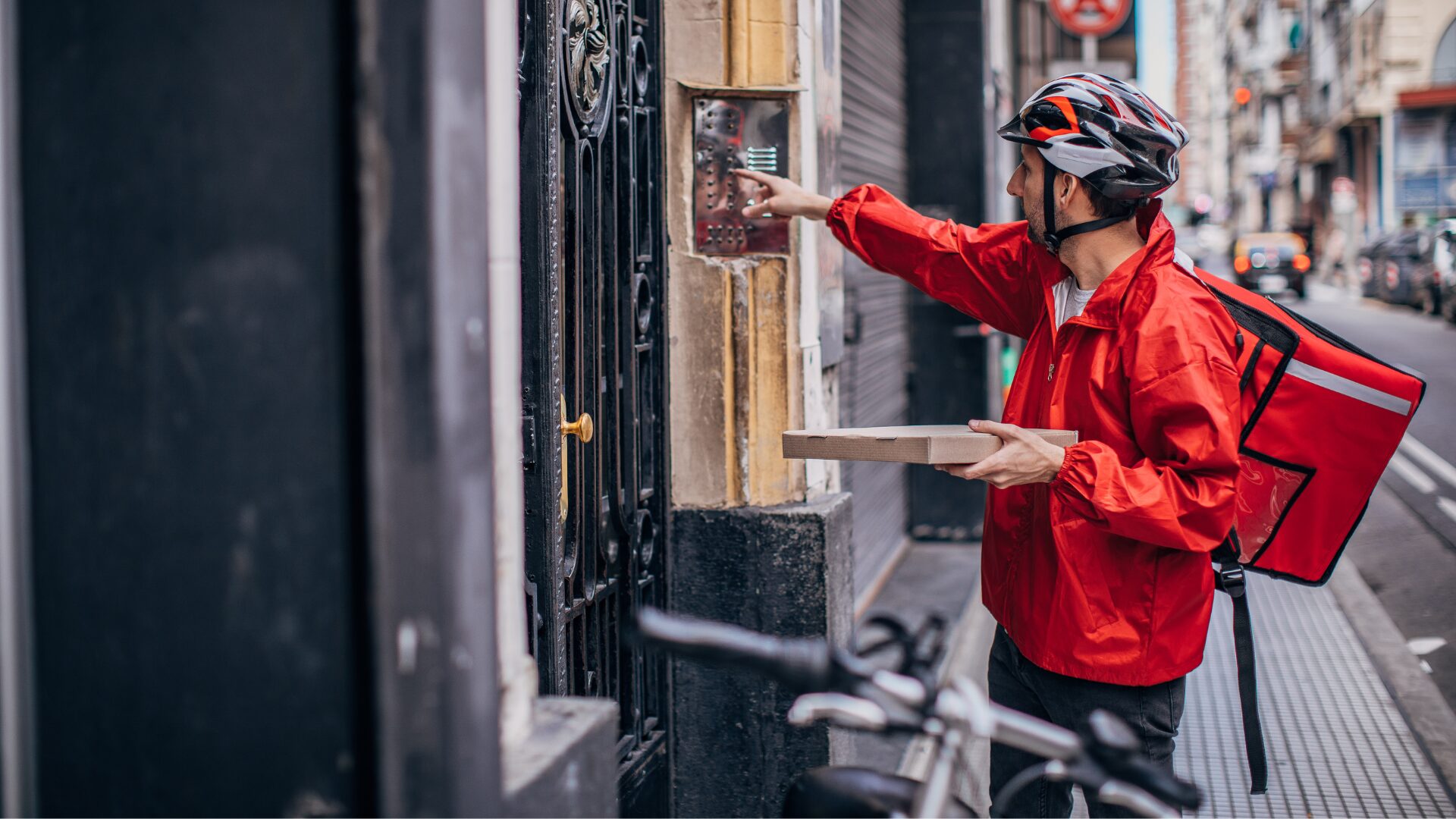More than half of shoppers plan to stock up on groceries if another coronavirus-related shutdown occurs, according to data from Acosta.
“As COVID cases continue to rise, most shoppers believe we’re headed for another shutdown and plan to respond accordingly, so retailers should be prepared for a new surge in stocking up,” said Darian Pickett, CEO of North American Sales at Acosta.
Acosta’s research found 67% of shoppers think another shutdown is extremely or somewhat likely to occur.
And the 23rd installment of the Axios-Ipsos Coronavirus Index indicated most Americans are hopeful COVID-19 will be under control in six months
The Index, released Sept. 1, found that two thirds of Americans say that returning to their pre-COVID lives is a large or moderate risk, down from 71% at the beginning of August. Americans’ social engagement is essentially unchanged over the last week with similar numbers reporting self-quarantining (18%), social distancing (76%), going out to eat (37%), or visiting friends or relatives (46%).
Meanwhile, Acosta found that 38% of shoppers stocked up at the start of the pandemic and plan to stock up again, while 15% did not stock up at the start but plan to this time and 17% stocked up at the start but won’t this time. Twenty-four percent of shoppers did not stock up at the start and also won’t be doing so if another shutdown occurs.
Although kitchen fatigue may be developing for many consumers, a new set of grocery related habits has been set by COVID-19, reported The New York Times (Sept. 8).
“People are moving on to more complex cooking, and we don’t see that going away,” said Rodney McMullen, the chairman and CEO of Kroger, where sales rose 30% at the onset of the pandemic.
McMullen noted that he and others in the business say the COVID-driven return to the kitchen could change grocery shopping forever.
“This is a pivotal time in our history,” said Anna Nagurney, a professor in the Isenberg School of Management at the University of Massachusetts who studies supply chains. “Not all of what we’ve seen will stick, but a lot of it will.”
For example, the need to avoid infection has taught people how to get by on fewer trips to the store and to make adequate shopping lists.
“People now go to the store with purpose,” said John Owen, the associate director for food and retail with Mintel. “The number of trips went way down, and the size of the basket went way up in April. We have eased back on that, but not by much.”
Additionally, choices are shrinking as grocers pull back on variety. Grocers found that they can still do well with fewer choices.
Shoppers are being more economical and retailers report more interest in house brands. A study by the Food Industry Association found that three in 10 shoppers are buying more store brands than they were before the pandemic—which grocery analysts expect to become a habit.
Another clear habit among consumers is the rise on online shopping. A year ago, 81% of shoppers surveyed by Gallup said they never turned to the internet for groceries. But this past June, online grocery sales in the U.S. hit $7.2 billion.
Other ways the pandemic changed the way Americans shop for food include rising produce sales, changes in store formats, the popularity of frozen food rising, and consumers doing more local shopping.












